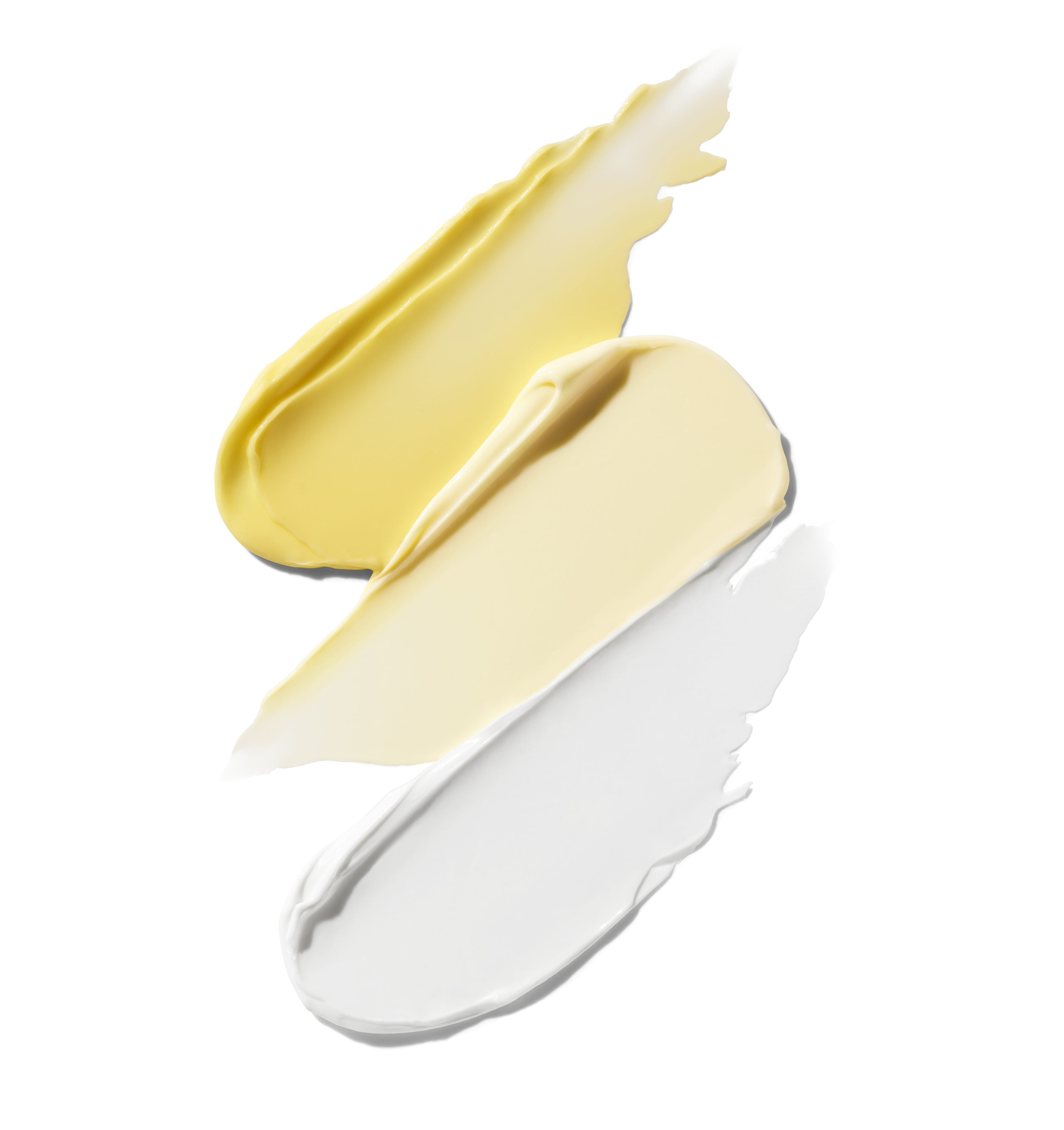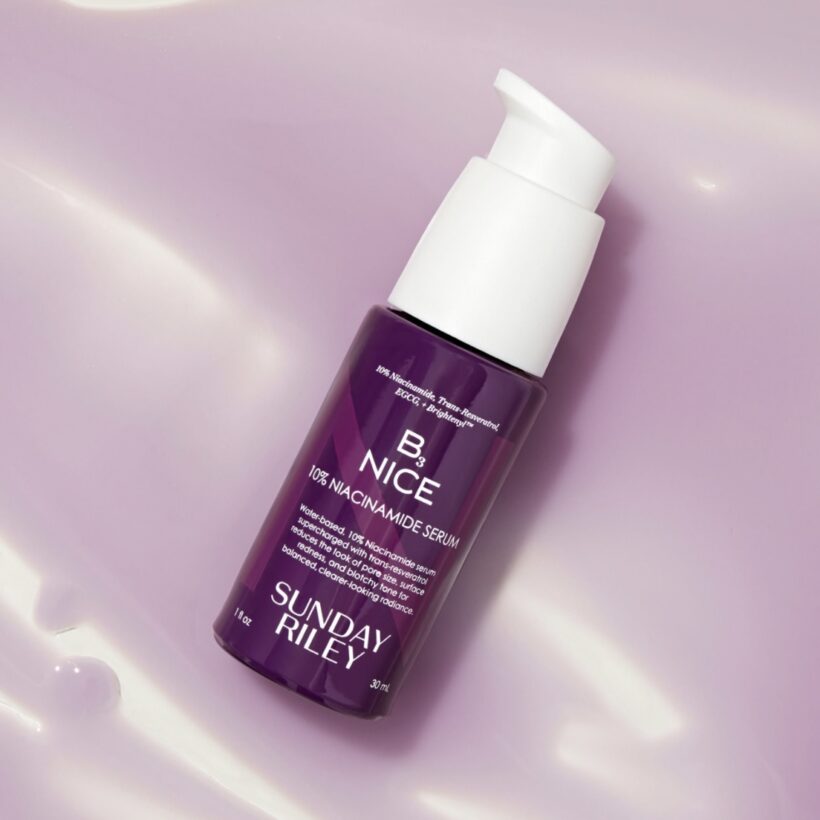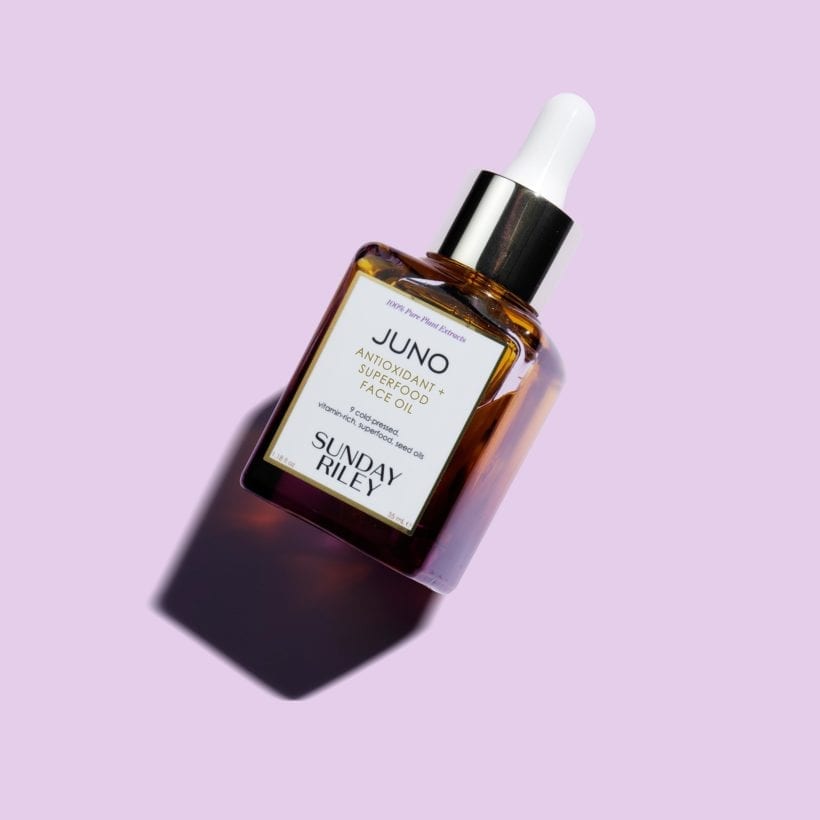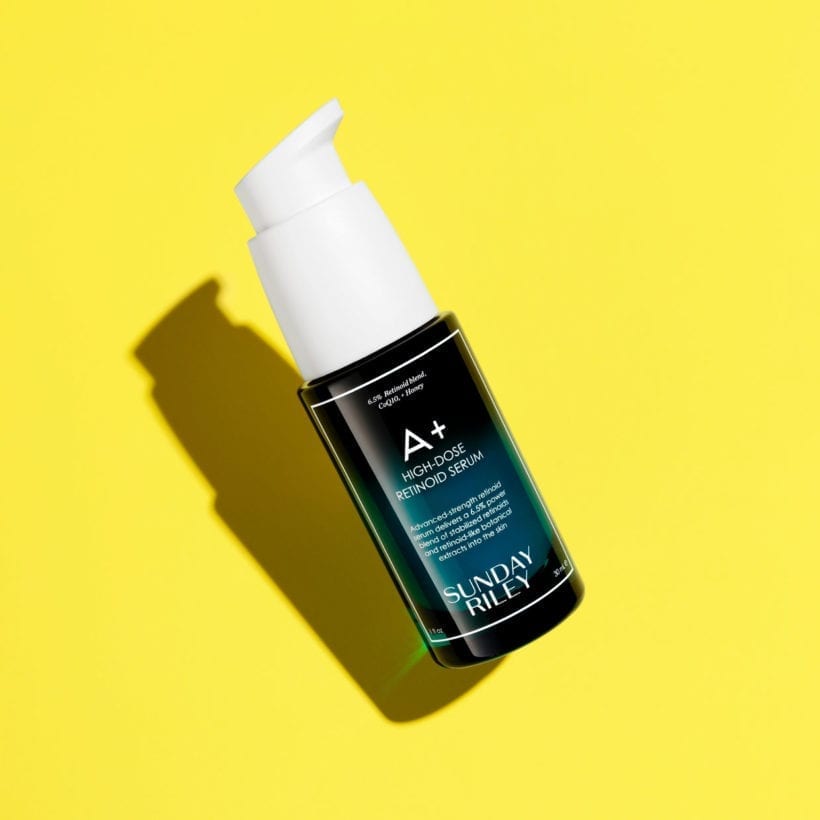We all know and love vitamin C for its skin-brightening effects, antioxidant protection, and ability to encourage collagen production while providing a shield against damaging UVB rays. Though vitamin C in skincare does wonders on its own, to take it to the next level, experts agree that certain skincare ingredient pairings can give your vitamin C superpowers. We had Sunday Riley, CEO, founder and product formulator, talk to us about her favorite vitamin C combinations to achieve your skincare goals so you’ll know how to pair our new C.E.O. Afterglow Brightening Vitamin C Gel Cream (featuring powerful THD ascorbate) with other products in your routine.
Meet the Experts
Sunday Riley , CEO, founder and product formulator
Dr. Naana Boakye , a board-certified dermatologist, owner of Bergen Dermatology
“Knowing the ingredients and the quality of ingredients you’re putting on your skin is important. For example, Vitamin C is essential for protecting your skin against pollution and other environmental aggressors, which can cause skin damage like hyperpigmentation, fine lines, and dullness. We use THD Ascorbate in our C.E.O. line, which is the absolute gold standard of vitamin C – a highly potent, more stable, and less irritating form. As a matter of fact, C.E.O. 15% vitamin C serum is the #1 brightening specialist in the US two years in a row. That means that of all the products there, this is the one that sells the most. Ensure the ingredients you’re putting on your skin are high quality and at the highest standard”, says Sunday. “I am the founder, and I’ve been CEO since the start of the company. I’m also the brand formulator. So, my lab is actually just down the hall in our Houston office. It gives me a very close relationship with the products and ingredients. And I formulate about five different products a day. They mostly don’t make it to market. What I really love doing is creating products that create confidence in people. That’s really what inspires me. That’s how we become the number one independent-owned, female-owned skincare brand in America. When you formulate a product, the world is your oyster. You can create anything you want to create. But the way that I like to do it is I like everything to be powered by science and then balanced by botanicals because that, for me, is the whole 360 health of the skin.”
For ultimate hydration: vitamin C + hyaluronic acid/sodium hyaluronate

Hyaluronic acid on its own is known for its amazing ability to bind water and give your skin that plump, glowy, healthy-looking appearance that we all crave. Sodium hyaluronate is a powerful humectant blend that attracts and binds water for increased skin hydration. Hyaluronic acid and sodium hyaluronate, though related, differ primarily in their molecular sizes and skin penetration abilities. Hyaluronic acid, with its larger molecules, provides surface-level hydration by attracting moisture to the skin’s outer layers, making it ideal for creating a protective barrier. In contrast, sodium hyaluronate, the salt form with smaller molecules, penetrates deeper into the skin, offering more intensive and long-lasting hydration. This difference makes sodium hyaluronate more effective in plumping and moisturizing from within, while hyaluronic acid excels in maintaining surface moisture and smoothness. To sum up, hyaluronic acid hydrates the skin’s surface, while sodium hyaluronate penetrates deeper for more intensive hydration.
“If you have super-sensitive skin, sodium hyaluronate could provide a calming effect when using an active like vitamin C,” says Riley. C.E.O. Afterglow delivers 24 hours of hydration. In an independent study, 97% of people had significant improvement in skin brightness (according to clinical visual grading) and felt that their skin felt more moisturized after using the product.
“If you do have that oily skin or you live in a humid climate, you’re going to really like this texture as well. But if you have normal to dry skin, you’re going to like it as well. So this one really fits all skin types. We have a lot of men who love this moisturizer, too”.
For brightening: vitamin C + niacinamide
Vitamin C and niacinamide (a form of vitamin B3) are brightening ingredients, “but they work in different ways,” says Boakye. “Vitamin C inhibits the tyrosinase enzyme that produces melanin while niacinamide inhibits the transfer of melanosomes from the melanin. Basically, both calm down melanin synthesis by minimizing hyperpigmentation. When you do this, you get a brightening of your skin,” she says.
“Niacinamide is one of those ingredients I’ve been obsessed with for a long time. It’s anti-aging and it’s anti-inflammatory. It is great for acne. The really cool thing about niacinamide is it increases your body’s natural production of ceramides and free fatty acids, which, by the way, decline as you age. It also increases the production of an enzyme, which helps to increase the production of ceramide. If you’ve got dry skin, it’s going to help prevent your skin from being dry and help your moisturizer sink in deeper if you’ve got redness. It also reduces the casual sebum rate, which is basically how much sebum you have on the surface of your skin if you blot it. As we decrease that sebum, not only you have less oily skin, but it helps with pores because we know that sebum and all these things can get into the pores and help, too. When we increase the collagen, we’re increasing the firmness of the skin, we decrease the excess sebum levels in the skin, and with less stretching, you’re going actually to have a smaller pore size,” explains Sunday Riley.
This is how you are going to incorporate products with niacinamide and vitamin C into your routine:
For free radical protection: vitamin C + vitamin E
Both vitamin C and vitamin E provide a natural form against harmful sun damage — and together, they make great partners in crime. “They’re both antioxidants that protect against free radicals,” says Riley. Vitamin E is also a hydrating ingredient that attracts and retains water in your skin. Together, they tackle a number of skin concerns, whether your skin needs moisture, healing, or protection. Juno Antioxidant+Superfood face oil is full of vitamins. “Freshly extracted in small quantities, cold-pressed blackberry, blueberry, cranberry, raspberry, wild carrot, black cumin, grape, and broccoli seed oils retain their delicate, rich nutrients. It’s like an antioxidant smoothie for your skin. Healthy-looking radiance is immediately restored, as the skin is fortified with critical antioxidants, vitamins, essential amino acids, Omegas 3-6-9, and skin-soothing botanicals. Blackberry seed oil is a highly stable source of antioxidant vitamin C, and Cranberry seed oil has the perfect balance of Omegas 3-6-9, contains vitamins A, C, and E,” explains Riley. “I love Juno; I’ll use it on everything. I use it on my hair, my fingernails, I carry it in my purse! If I’m on a plane, that’s what I rub into my skin.”
For smoothing wrinkles and fine lines: vitamin C + retinol
“Retinol is a form of vitamin A that helps with fine lines, wrinkles, dryness, and pigmentation. Since it encourages cell turnover, it helps drive your other skincare products deeper into your skin,” says Riley. Because of retinol’s potency, some experts are in the camp that if paired together in the same routine as vitamin C — especially in the form of L-ascorbic acid — you should consider using your vitamin C product in the morning and your retinol product at night to make sure your skin avoids irritation. “L-ascorbic acid is water-soluble whereas retinol is oil-soluble, so when layered together on your skin, they repel each other,” says Sunday Riley. “However, if you take a more stable and oil-soluble derivative of vitamin C like THD Ascorbate found in C.E.O. Afterglow, it can work in harmony with retinol without causing irritation,” she says. When you pair vitamin C and retinol together in a thoughtful way, the “retinol pushes all that new skin to the surface while vitamin C creates an antioxidant shield over it to prevent the look of premature aging — resulting in glowy, younger-looking skin,” says Sunday. ‘THD Ascorbate is an incredibly potent form of vitamin C and could be great and strong for the skin, but really, really, really gentle. So if you ever said like, I love vitamin C in theory, but I’m sensitive to it, or I’ve been a little worried about or look my skin a little irritated, this is the version for you.”
Can you use retinol and vitamin C together? ‘That is a great question, very difficult to answer correctly, which is why you can find conflicting articles. And that’s because we’re talking about families of products, families of the ingredients — the retinoid family and the vitamin C family. The reason why I say that is there are different types of ingredients that fit within that family. So, for instance, THD Ascorbate, which is the vitamin C that we use, is used because it’s, in my opinion, one of the most potent, stable forms of vitamin C. You’ve seen vitamin C before; maybe that turns yellow or brown in the bottle. That’s the oxidation step. So what I love about THD Ascorbate is that it doesn’t go through that oxidation cascade so easily, and it lives at a higher rate than L-ascorbic acid. This form of vitamin C plays really well with retinoids, particularly the retinoid ester blend that we have in A+ or trans-retinol in Luna’.
For extra sun protection: vitamin C + SPF
Though vitamin C is great at preventing sun damage, it’s not a replacement for your daily SPF. When you layer them together, your vitamin C gives your sunscreen extra UV protection benefits to combat your exposure throughout the day. In return, sunscreen prevents your vitamin C from oxidizing, making it more effective. “I always recommend combining vitamin C with a broad-spectrum SPF of at least 30,” says Boakye.
We only recommend products we have independently researched, tested, and loved. If you purchase a product found through our links, Sunday Edit may earn an affiliate commission.











